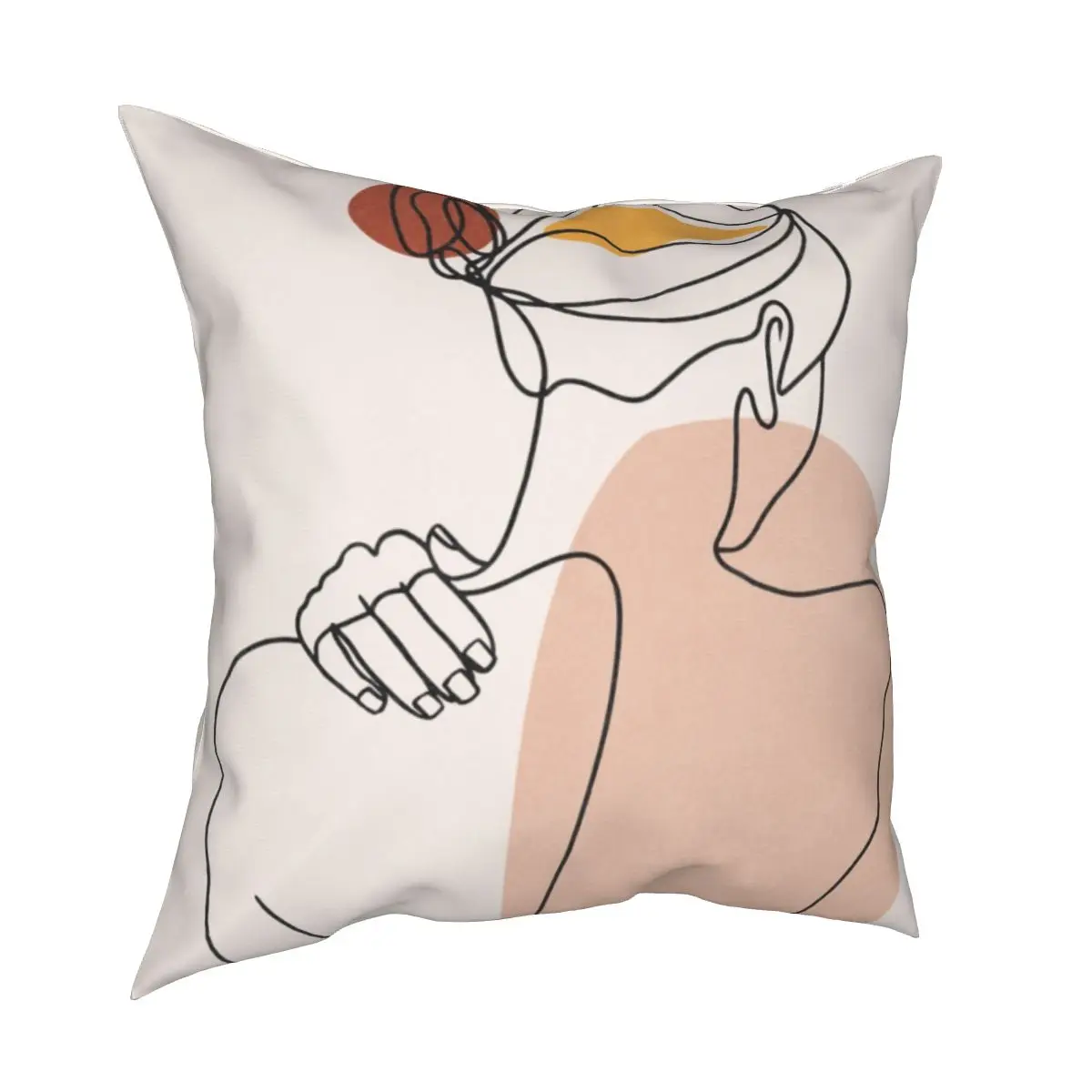Unique Art for Beginners
Unique Art for Beginners
Blog Article
The Facts About Unique Art Revealed
Table of ContentsUnique Art - An OverviewThings about Unique ArtThings about Unique ArtUnique Art for Beginners
While one may debate which art form holds priority, the reality remains that each of these 7 forms provides a special home window right into human history, culture, and advancement. They are the tapestries that chronicle our trip, advising us of our past while motivating visions for the future.Wonderful art work narrates, makes people look twice, and develops an unique experience that can't be matched. Art and pictures connect all of that with shade, shape and other style elements. Find out just how to make your unique art work stand apart from the crowd.

8 TRIA GIOVANEqual parts grand and laidback, this entrance hall designed by Anthony Baratta is the excellent blueprint to follow if you're enhancing a formal entryway that still really feels unfussy and comfortable. Formed fabrics take center phase (see the carpets and the couch), but they likewise help bring the high ceilings to a human range when hung over wallpaper.
What Does Unique Art Mean?
18 Heidi Caillier DesignA gallery wall does not need to occupy the whole room. Actually, in some cases a tiny one can make a larger style declaration. In this living-room, Hiedi Caillier selected micro-mini structures and a random composition. Advertisement - Continue Reading Below19 Stephen Kent JohnsonDesigner Juan Carretero chose a deep eco-friendly paint color to contrast with the light timber finishes.
, the expression of concepts and emotions, with the production of specific visual qualities, in a two-dimensional visual language. The aspects of this languageits shapes, lines, colours, tones, and texturesare used in numerous means to produce feelings of quantity, room, movement, and light on a flat surface. These aspects are integrated into meaningful patterns in order to stand for genuine or mythological sensations, to interpret a narrative theme, or to produce completely abstract visual relationships.
Later on the concept of the "great musician" developed in Asia and Renaissance Europe. During the 19th century painters in Western societies started to shed their social placement and protected patronage.
Not known Facts About Unique Art
Others made an income via why not try here touring events of their work. The requirement to appeal to an industry had actually replaced the comparable (if less impersonal) demands of patronage, and its impact on the art itself was most likely comparable. Normally, artists in the 20th century can reach a target market only with industrial galleries and public museums, read the full info here although their job may have been periodically reproduced in art periodicals.

Don't replicate the design of other artists if you're searching for your style. Duplicating various other people's art work can be terrific in academic purposes yet it will not make you closer to discovering your very own special design. Your artistic design has to be, what you such as and what influences you.
I would certainly think about your very own style as a style you repaint in naturally, when you allow go of all thoughts and policies and just concentrate on paint, not considering it. Unique Art. The design has to come naturally to you when you are kicked back and you can't require it or it won't be your very own design, simply somebody else's
Not known Details About Unique Art

With time you'll have the ability to arrange all of pop over to these guys them into your preferred and the very least preferred categories. Try to focus your attention on the subjects and mediums that you like and before you see it coming you'll have your very own individual and distinct design, like no person else have! So in the end you'll have a couple of favored based on repaint and possibly a few preferred mediums.
The style has to develop itself gradually with a whole lot of practice and experiments - Unique Art. Thanks for reviewing this message and if you have any kind of questions leave them in the comments listed below, I 'd enjoy to answer these
Report this page